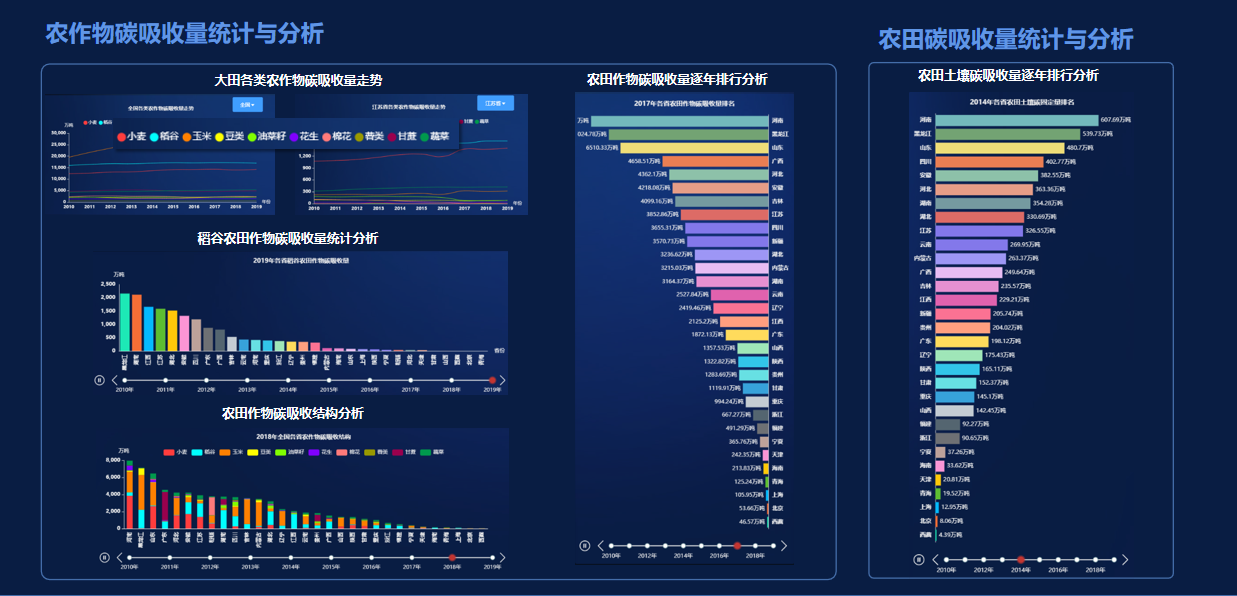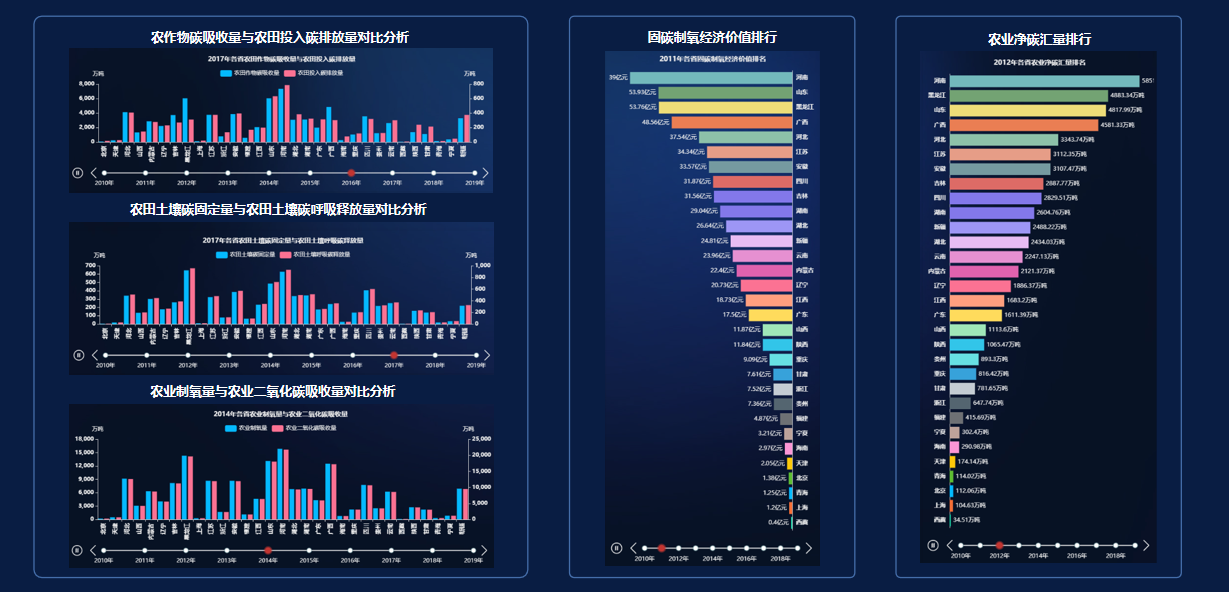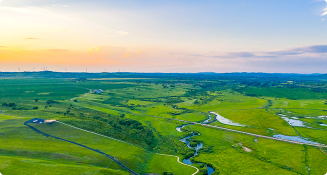Standing at the forefront of carbon neutrality in the Beijing Winter Olympics, how should agricultural carbon trading take off?

source:Jiangsu Three&Three
Release time:2022-02-16

The 2022 Beijing Winter Olympics will draw global attention to Beijing, and at the opening ceremony, Zhang Yimou's team once again amazed the world with an ethereal, romantic, and beautiful performance. From the countdown of the 24 solar terms at the beginning to the lighting of the torch at the end, this "simple and not simple" opening ceremony deeply embodies the low-carbon and environmental protection concept throughout the entire Winter Olympics.
On the basis of fully implementing emission reduction measures, the Beijing Winter Olympics will expand carbon compensation channels and achieve carbon neutrality through various measures in accordance with the "Implementation Guidelines for Carbon Neutrality in Large scale Events (Trial)". The Implementation Guidelines for Carbon Neutrality in Large scale Events (Trial) explicitly require organizers of large-scale events to offset the actual greenhouse gas emissions generated by large-scale events by purchasing carbon quotas, carbon credits, or generating carbon sinks through new forestry projects. Encourage the priority use of carbon credits from impoverished areas or the construction of new forestry projects in these areas.

In the process of conducting carbon neutrality certification, it is encouraged to prioritize the purchase of carbon credits from poverty-stricken areas or the emission reductions generated by new forestry projects in poverty-stricken areas. It is not difficult to see that carbon trading has become a new model for low-carbon poverty alleviation and low-carbon income generation. Low carbon and environmental protection is an important development trend in the future, and it is also something that people living on Earth should pay attention to. On the road to achieving carbon peak and carbon neutrality, new farmers can be said to have both opportunities and challenges.
1、 Statistics on soil and crop carbon sequestration in farmland

Farmland soil and crops have significant potential for carbon sequestration and emission reduction. Under the influence of soil management activities such as cultivation, fertilization, and irrigation, the quality and quantity of carbon pools in agricultural soil and crops will rapidly change. We can transform farmland soil from a carbon source to a carbon sink by adopting conservation tillage measures, expanding paddy field planting area, and increasing straw returning to the field; Carbon sequestration can also be increased by planting different varieties of crops.
Therefore, the development of low-carbon agriculture in major agricultural provinces and grain producing areas in China has broad prospects.
2、 Analyzing the Economic Value of Agricultural Carbon Sequestration

Agriculture is not only a huge carbon sink system, but also an important source of global greenhouse gas emissions. For example, the use of agricultural fertilizers and agricultural machinery consumes carbon. We need to conduct big data analysis through data modeling to obtain the carbon emissions, carbon absorption, and oxygen production in the region, and analyze the value of the carbon sink economy in the region.
Jiangsu Three&Tree explores the agricultural carbon economy, develops an agricultural carbon big data system, constructs national and regional agricultural carbon ecosystem big data, calculates the national and regional agricultural carbon economic value, and regulates crop varieties planted in the region.
3、 The necessity of establishing an agricultural carbon trading market

Currently, developed countries such as the United States, New Zealand, and Germany have begun to attempt agricultural carbon trading. For example, the National Farmers' Union's carbon credit program in the United States allows farmers and landowners to earn income by storing carbon in the soil through no till crop production and long-term grassland cultivation. The Farmers' Union has obtained approval from the Chicago Climate Exchange to accumulate carbon credits and include carbon producing regions in the credit limit for trading on the exchange. Carbon credit trading is the same as other agricultural product trading. The implementation of carbon trading policies has greatly reduced carbon dioxide emissions in agriculture and played a positive role in mitigating global climate change.
It can be seen that the establishment of an agricultural carbon exchange is necessary and feasible. China has also issued the "Management Measures for Carbon Emission Trading", which clarifies the main ideas and management system for establishing a national carbon market. I believe that in the near future, China's low-carbon agriculture carbon aspect will have great potential and market, contribute to the national carbon reduction work, further improve agricultural production methods, and increase farmers' income.

Digital Intelligence Empowers Agriculture to Help China Influence the World
JIANGSU THREE & THREE INFORMATION TECHNOLOGY CO., LTD. is a national level specialized and innovative small giant enterprise with agricultural industry digital brain, agricultural AI big model, agricultural industry model, and agricultural intelligent terminal equipment products as its core. For a long time, we have taken the industrial Internet thinking to build agriculture, rural areas and farmers. We have successfully implemented more than 580 key projects and more than 25000 customer enterprises.
Correlation dynamics
More services and support
solution
More

-

Integrated Agricultural Service Center Solution
Central kitchen solution
Integrated solution for planting and breeding
Blockchain traceability solution
Unmanned tea plantations solution
Unmanned orchard solution
Unmanned field solution
Unmanned facility solution
Unmanned livestock and poultry solution
Unmanned aquaculture solution

 Corporate
Corporate

 Worldwide
Worldwide
 Empowering agriculture with digital intelligence supporting China and influencing the world
Empowering agriculture with digital intelligence supporting China and influencing the world
 Contact Us
Contact Us

 WeChat
WeChat
 Cooperation
Cooperation

 WeChat official account
WeChat official account
 Submit successfully
Submit successfully
 Commit failure
Commit failure